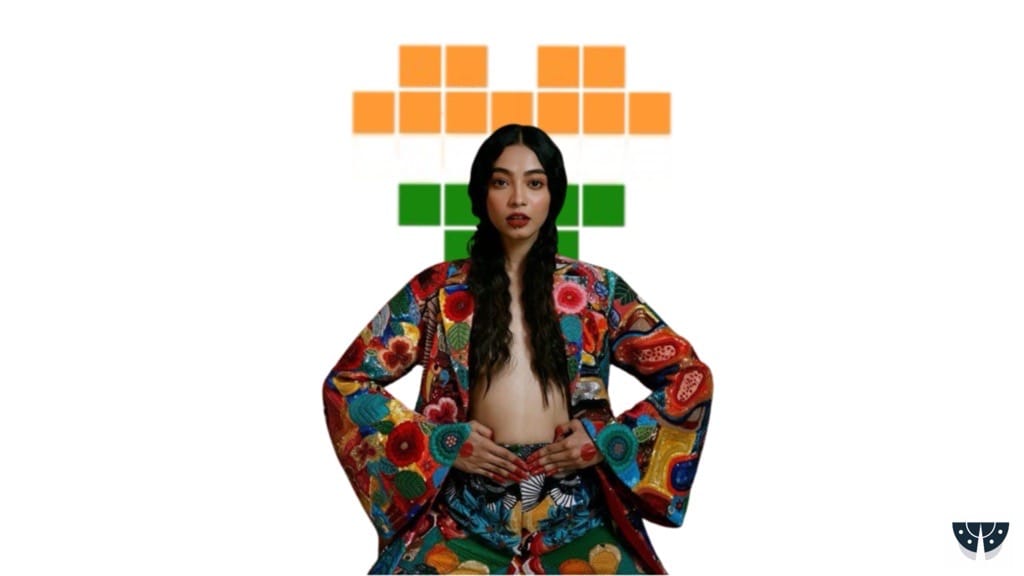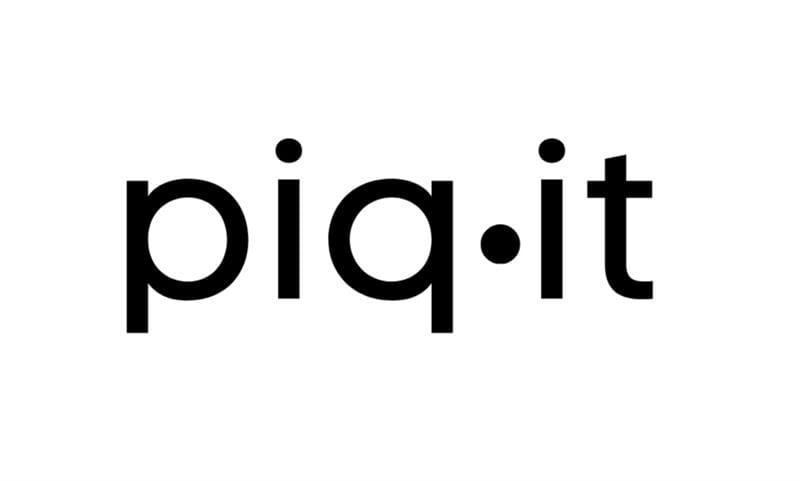BREAKING THE GLASS CEILING - THE RISE OF NICHE FASHION IN INDIA

In the ever-evolving landscape of Indian fashion, a noticeable change is underway. As the country celebrates over 77 years of independence, this milestone underscores how it is the right time for a transformation in the industry. For decades, the Indian fashion scene, traditionally dominated by mainstream giants, luxury labels, and fast fashion brands with their advertisements and celebrity endorsements has been leading the industry. With over seven decades of freedom, it is the right time for a change. The industry has now started recognizing the middle segment - the niche segment of the fashion industry. These niche brands are emerging as torchbearers of creativity, style, and innovation. Breaking away from the shadows of big names, niche brands are carving out unique identities that resonate with a discerning audience seeking something different.
So, what exactly are these niche brands? Unlike mass-market brands that inundate the industry with generic designs, niche brands focus on a more specific part of fashion. They have a unique and distinct aesthetic, are exclusive, prioritize detailing, quality, innovation, and creativity, celebrate local craftsmanship, unflagging in their efforts to offer a fresh and unique personalized approach to fashion as we know it today.
One of the foremost reasons fueling the success and independence of niche brands is their emphasis on creativity and storytelling. In today’s world, amidst midlife problems and existential crisis, people seek meaning beyond material possessions. Customers don’t just buy products; they buy stories, values, and experiences. Niche brands often have a compelling narrative, whether it’s a commitment to being different, a celebration of cultural and modern elements, or a dedication to preserving dying crafts. These stories help create an emotional connection, fostering brand loyalty and advocacy for niche fashion.
At the core of this change towards niche fashion is the desire for individuality and self-expression. As consumers seek to distinguish themselves from the crowd, they are moving away from the uniformity of mass-produced fashion. People are no longer content with blending in; they want the freedom to showcase their unique personalities through clothing. This growing acceptance of ‘wanting to be different’ has brought about the need for one-of-a-kind garments that cater to those who want to make a statement and embrace their uniqueness – which is what niche fashion is all about.
Gaining independence in the fashion industry is no small feat. Competing against established names demands more than just creative designs— innovation, a clear vision, and a willingness to take risks. Niche fashion brands often start small, leveraging personal networks, contacts, and goodwill to build their initial client base. Niche brands adopt a myriad of strategies, including limited-edition collections, designs that can self-sustain while trends fly by, community building, social media, and more.
With independence comes significant advantages. Niche brands have the freedom to maintain creative control and stay true to their identity without the pressure of succumbing to fleeting trends or following ‘what’s in’ or ‘what’s trending.’ This freedom to innovate and experiment often leads to groundbreaking designs and fresh perspectives that set niche brands apart from their counterparts.
Several brands are exemplifying this shift with utmost finesse. For instance, The Summer House – the brand works with rural artisans to sustain traditional craft techniques and textiles. The brand prioritizes using natural fibers and employs techniques focused on recycling and wastewater management. Its emphasis on unique patterns, simple silhouettes, and intricate detailing attracts customers seeking elegant statement pieces for their wardrobes. To date, The Summer House has collaborated with over 952 artists from 17 different craft clusters across India enabling them to design original textiles and handmade garments. This niche fashion brand aims to bridge the gap between age-old craftsmanship and modern wardrobes.
Consider another example - Pieux is championing the fusion of luxury, innovation, and sustainability with unparalleled success. The brand is committed to ethically sourced, organically produced materials from around the globe. Their innovative techniques enhance the luxurious appeal of each piece while maintaining an unwavering dedication to environmental responsibility.
Polite Society is an affordable luxury brand that seamlessly blends community, culture, and comfort into its design ethos. The brand caters to those seeking wardrobe investments that surpass fleeting trends, instead, they emphasize creating innovative yet wearable pieces. Central to Polite Society’s identity is its commitment to elevating local talent and craftsmanship, fostering a rich sense of community through every garment. They prioritize aspects of niche fashion such as wearer comfort and consistently challenging traditional notions of silhouettes and forms, the brand ensures that almost all pieces are either classic, contemporary, or both.
Another honorable mention would be the brand – Chola the label, which champions everyday luxury with a focus on comfort and style, embracing the "Less is more" philosophy. This niche brand stands out for its clean lines, intricate detailing, and versatile separates that can be layered for a fresh look each time. Chola’s commitment to relaxed silhouettes and the integrity of fabrics reflects a sophisticated approach that redefines modern designs.
This Independence Day, join piqit to break away from the mainstream dominance and shift from the traditional way of doing things to a more niche one. By championing these homegrown and independent labels we contribute to a more diverse, inclusive, and vibrant fashion landscape. Let’s pave the way for every brand to excel on its own terms.
The acceptance of this shift proves that fashion isn’t a one-design-suits-all blueprint; you can ... define what fashion means to you.


